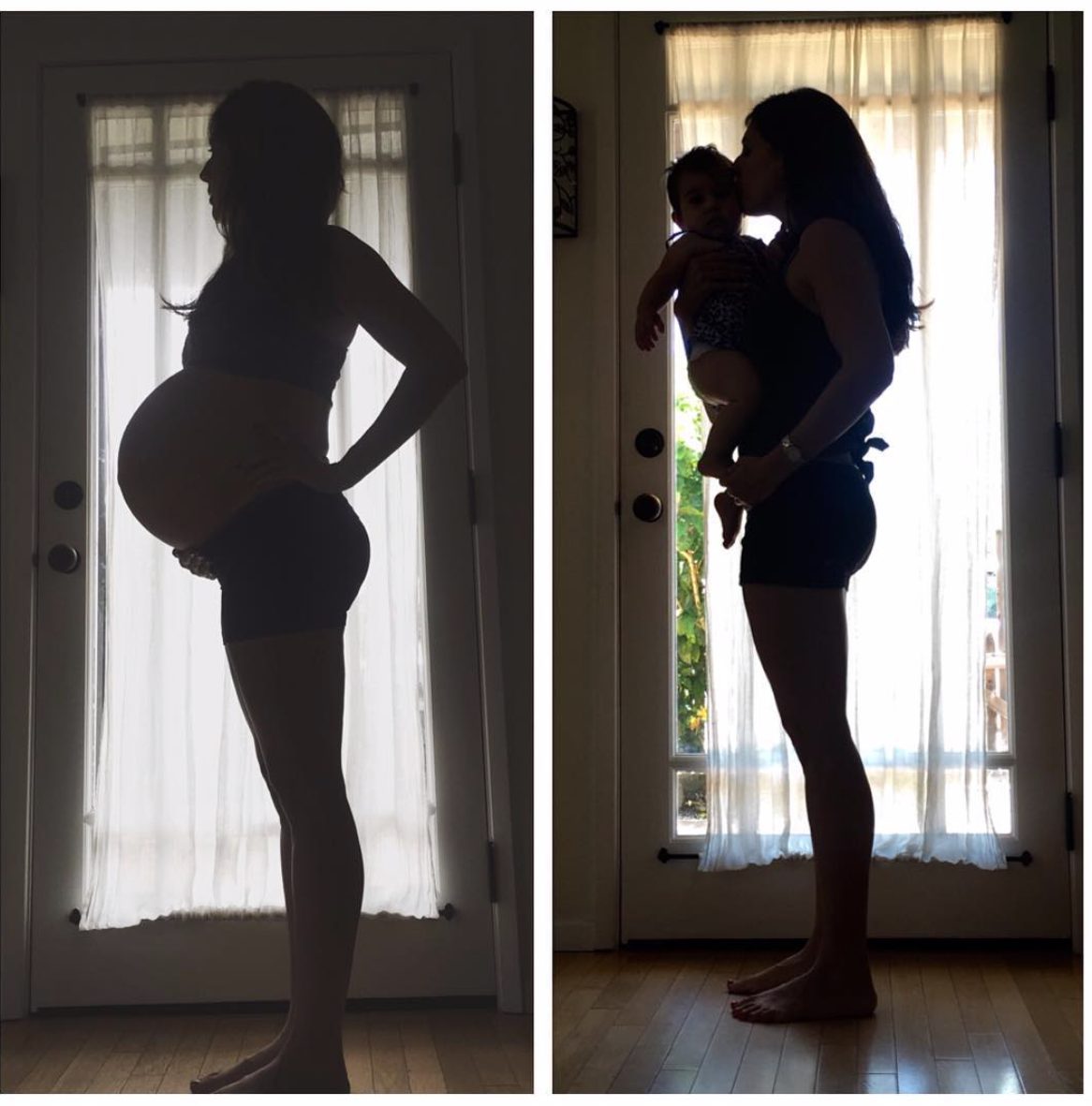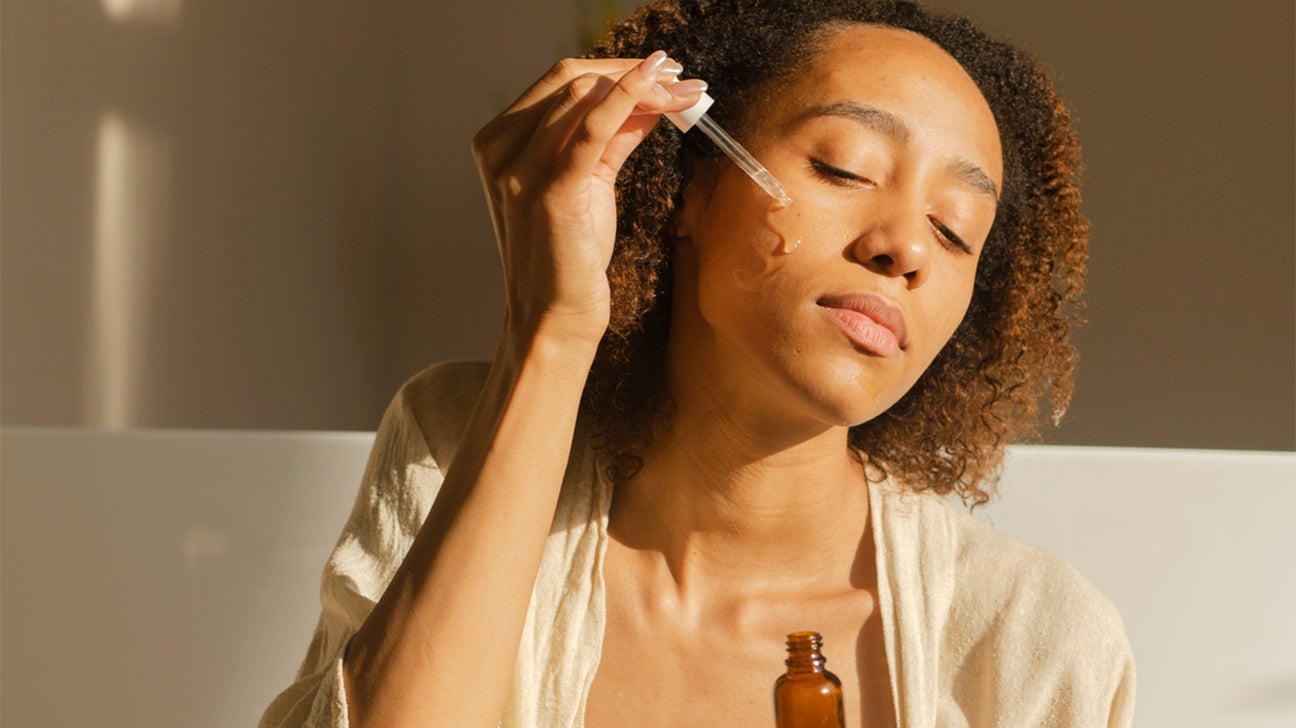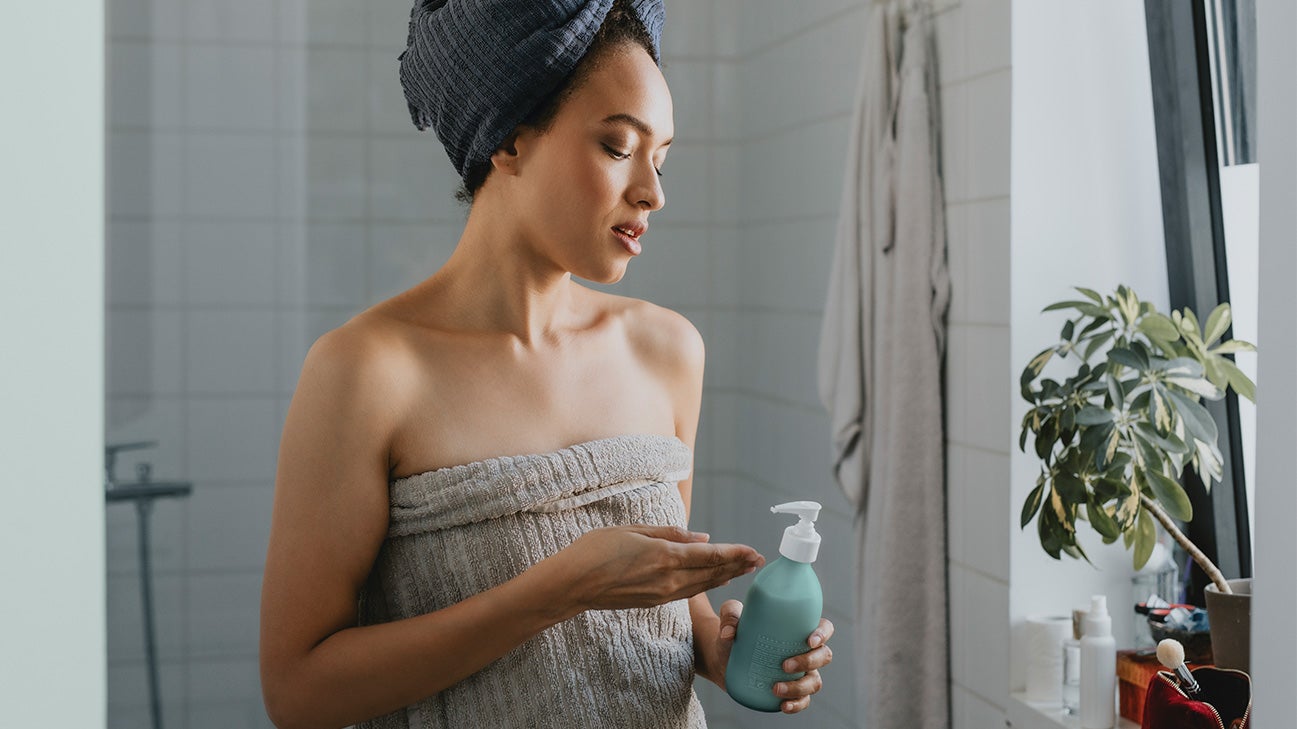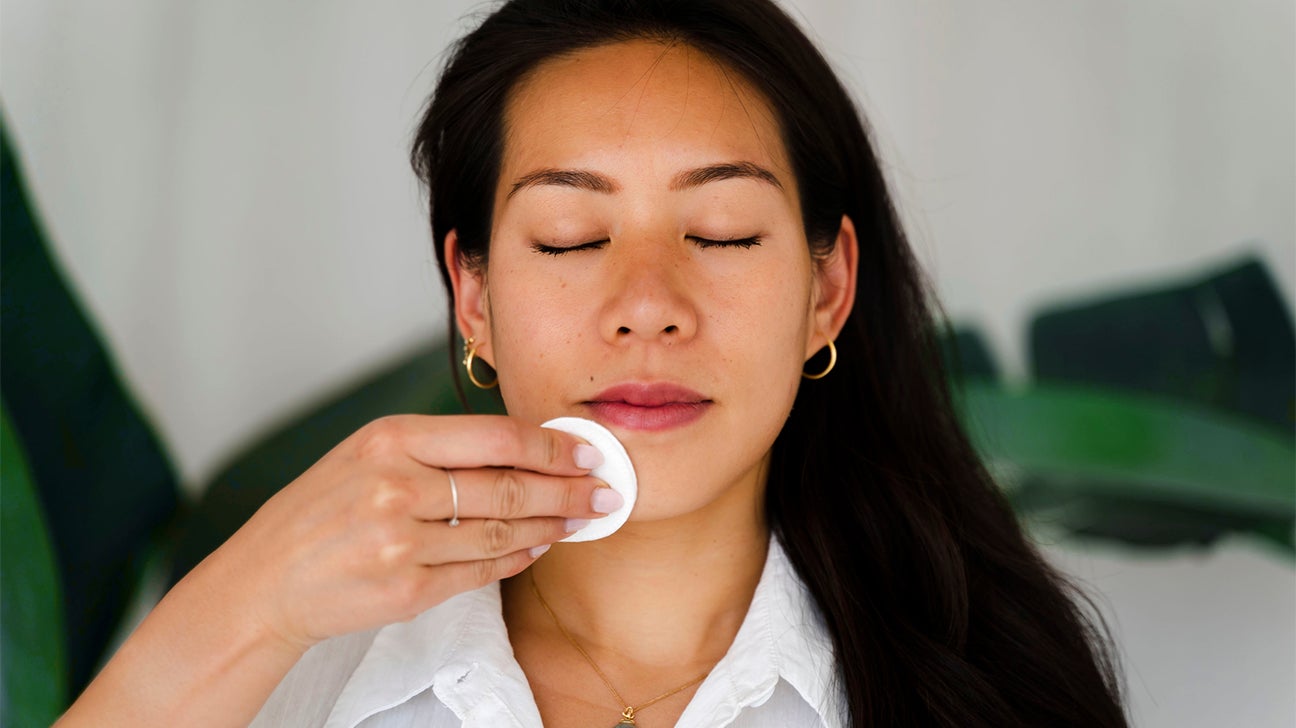
The usual Korean barbecue experience is all about the communal aspect. So if you crave both the amazing flavors of this cuisine and the joy of inviting friends and family to feast with you, you can totally take matters into your own hands.
We’ve rounded up everything you need to host your very own backyard Korean barbecue, including traditional options and more modern interpretations to choose from, with plenty of sides to mix and match. Then, of course, we’ve got a couple of desserts and even an on-theme cocktail for all-day patio sipping.
Bonus: A Korean barbecue feast is way more exciting than yet another round of hot dogs and hamburgers.
Mains
Forget Arby’s — we have the meats: chicken, pork, and beef, in various iterations. For those who don’t eat these proteins, though, try grilling up shrimp skewers or slabs of tofu for an easy option that’s still packed with flavor (and perfect for pairing with any of our Korean barbecue sides).
Korean grilled chicken
Korean barbecue may bring beef to mind first and foremost, but Korean grilled chicken is just as fabulous. Garlic, ginger, soy, and sweet malt syrup combine for a flavor somewhat like teriyaki, but maybe even better.
Get our Korean grilled chicken recipe.
Beef kalbi
Sweet-salty-savory bulgogi is one of the best possible ways to prepare beef, but since we’re talking about outdoor grilling here, we have to go with kalbi.
The thinly sliced Korean short ribs are marinated in a mixture accented with pineapple juice, soy sauce, malt syrup, and soju before being grilled to charred, juicy perfection. Since the meat is fairly fatty, just watch out for flare-ups.
Pork bulgogi
OK, so we can’t actually pass up bulgogi, either — but to mix it up a bit, try making it with pork on the grill (charcoal or gas, hibachi, whatever you have).
Korean short rib kebabs
Similar to — and directly inspired by — kalbi, these succulent short rib skewers are a little less traditional, but just as dazzling. Thin slices of beef are marinated in soy, rice vinegar, garlic, sesame oil, and Sriracha before being threaded satay-style on skewers and grilled over charcoal.
There’s no good reason not to use gochujang instead of the Sriracha if you have it (which you totally should).
Get our Korean short rib kebab recipe.
Spicy Korean pork barbecue
If your heart is torn between Southern barbecue and Korean barbecue, make like Jiyeon Lee and Cody Taylor of Georgia’s Heirloom Market BBQ and combine the best of both.
Their smoked pulled pork is slathered in a habit-forming gochujang-based sauce with a surprising secret ingredient: lemon-lime soda. David Chang’s mom uses it in her kimchi, so don’t be afraid to try it! Besides, plenty of Southern barbecue sauce recipes and ham glazes include cola.
Get the spicy Korean pork barbecue recipe.
Kimchi chicken burgers
Another fusion option with classic American cookout style and tons of delicious Korean flavors, these spicy chicken burgers feature garlic, ginger, scallions, and soy sauce mixed into the meat. The addition of kimchi-enhanced slaw and a fiery Sriracha mayo really push them over the top.
Get our kimchi chicken burger recipe.
Starters and sides
There are lots of things you could serve along with any of the above dishes, including kimchi (a must!) and whatever simple grilled vegetables you like (perhaps dressed with a little soy and sesame oil), but if you’re after specific recipes, these are some of our top choices.
Korean chicken wings
Yes, you probably already have enough meat on the menu, and yes, you would probably expect grilled chicken wings at a summer barbecue, but if you’re going all out on a Korean-inspired feast, these crispy fried wings would be a very welcome addition.
Get the Korean chicken wings recipe.
Kimchi potato salad
What’s a cookout without potato salad? This kimchi-spiked potato salad with gochujang, scallions, and sesame seeds is creamy, spicy, chunky, and delicious with anything, including regular old baby back ribs. Oh, and there’s bacon in it too (but you can omit it if you’re trying to provide some meatless options).
Get our kimchi potato salad recipe.
Japchae (Korean stir-fried sweet potato noodles)
Japchae often contains meat and egg, but it doesn’t have to. With a little leap of imagination, you could think of this as a pasta salad. It’s just as good at room temp as warm, and it’s full of veggies and a sweet-savory sauce, but no gloppy mayo.
Plus, the sweet potato noodles are gluten-free and the dish is vegan, so almost everyone can enjoy it.
Get our Korean stir-fried sweet potato noodles recipe.
Korean scallion salad
Add a fresh, oniony, spicy bite to your spread with this scallion salad, balanced out with a touch of sugar and nutty toasted sesame oil.
Soaking the julienned scallion slivers in a bowl of ice water before drying and dressing them helps them curl for a more eye-catching presentation, removes some of their sting, and washes off any slimy residue, so don’t be tempted to skip that step.
Get the Korean scallion salad recipe.
Momofuku cucumber pickles
In addition to the kimchi you should absolutely offer as a side, one or two types of pickles are also great, especially for those who shy away from spice. These sweet-salty, crunchy cucumber pickles from David Chang are ready in under an hour and add a great contrast to any grilled meat. (Ditto Chang’s pickled beets, pickled turnips, and pickled carrots.)
Get the Momofuku cucumber pickle recipe.
Drinks
You’d be pretty well served with any drink you favor, from beer to spiked seltzer, but we mixed up a thematic cocktail for the occasion.
Watermelon soju cocktail
Every Korean barbecue experience can be amplified by some soju. You can sip it straight, but watermelon is a summer all-star, so combining them in a drink just makes perfect sense. Spicy ginger liqueur, simple syrup, and fresh lime juice join the party.
Get our watermelon soju cocktail recipe.
Desserts
To close things out, you’ll probably want something light (because you’ll be stuffed) and cooling (because it’s summer… and you may have the meat sweats). But you can do better than plain old ice cream. These ice pops are easy to make ahead of time, refreshing, and sweet.
Red bean ice cream pops
Red bean desserts are common in many parts of Asia, including Korea, but are an interesting change of pace for most American palates. These frozen treats are creamy and sweet with some whole beans providing pops of texture.
Get our red bean ice cream pop recipe.
Honeydew melon ice pops
If you’ve ever had a Melona bar, this is a homemade version — and if you haven’t had the pleasure, now you can. Honeydew melon and cream combine for a refreshing, fruity treat.
Get our honeydew melon ice pop recipe.
The bottom line
For a summer birthday, good old-fashioned outdoor grilling sesh, or just because, do yourself a favor and try a DIY Korean barbecue. With complex flavors and a wide variety of textures, there’s something for everyone in this savory, spicy spread.
from Greatist Health RSS Feed https://bit.ly/3BBSmlL




